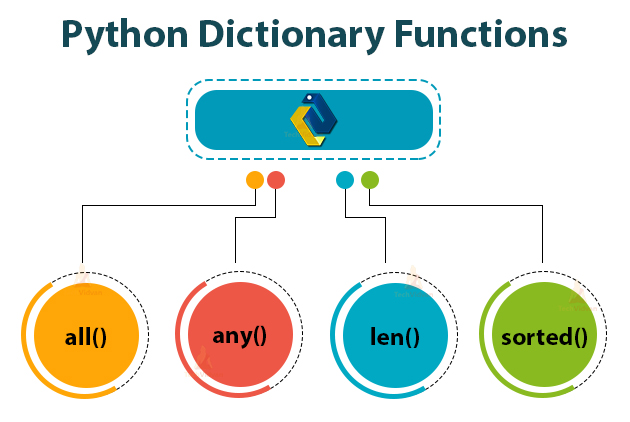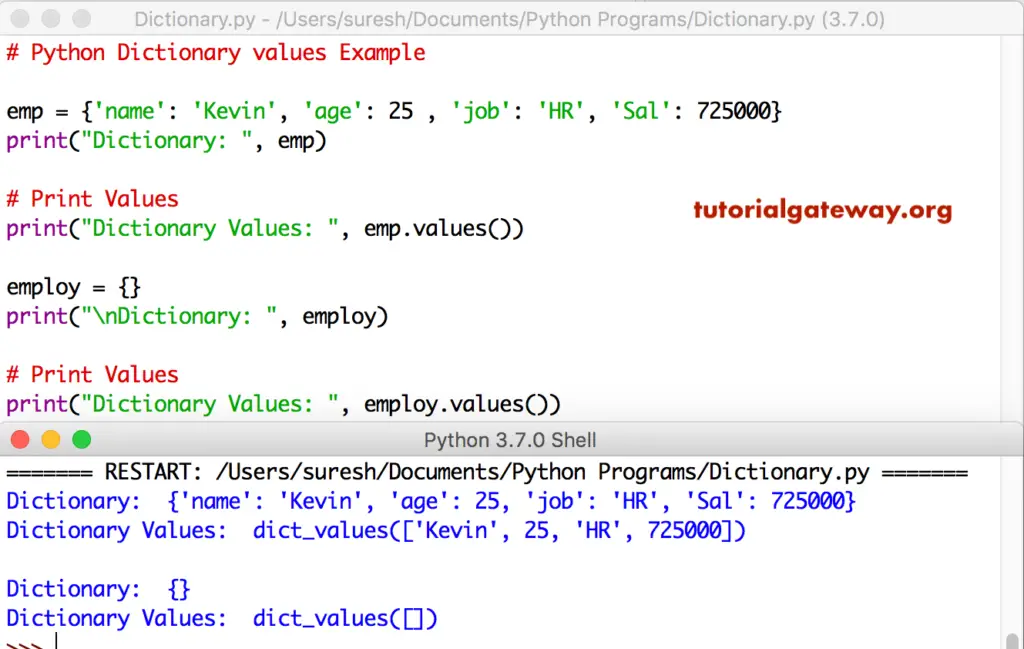

- ADD DICTIONARY TO LIST OF DICTIONARIES PYTHON UPDATE
- ADD DICTIONARY TO LIST OF DICTIONARIES PYTHON FULL
Hence, our key-value pairs will be added in our list of dictionaries. Finally, by using a key we can provide our value.

Meaning a dictionary maintains the order of its items. To add a new key value pair to our list of dictionaries, we can fetch an already existing dictionary's index from our list of dictionaries. Note: The in operator checks whether a key exists it doesn't check whether a value exists or not.Ī dictionary is an ordered collection of items (starting from Python 3.7). # the not in operator checks whether key doesn't exist You can easily do this: for dictitem in dataList: for key in dictitem: print (dictitem key) It will iterate over the list, and for each dictionary in the list, it will iterate over the keys and print its values.

The three items in the list are meow, woof and neigh. In contrast, the dictionary stores objects in an unordered collection. What we did here was create a dictionary by adding names (keys) to the items in the list.
ADD DICTIONARY TO LIST OF DICTIONARIES PYTHON UPDATE
You need only to loop over the items in the list and update each accordingly, because the list holds references to the dict values. The Python list stores a collection of objects in an ordered sequence.
ADD DICTIONARY TO LIST OF DICTIONARIES PYTHON FULL
We create dictionaries by placing key:value pairs inside curly brackets You are using a list comprehension incorrectly, the call to item.update returns a None value and thus your newly created list will be full of None values instead of your expected dict values.


 0 kommentar(er)
0 kommentar(er)
